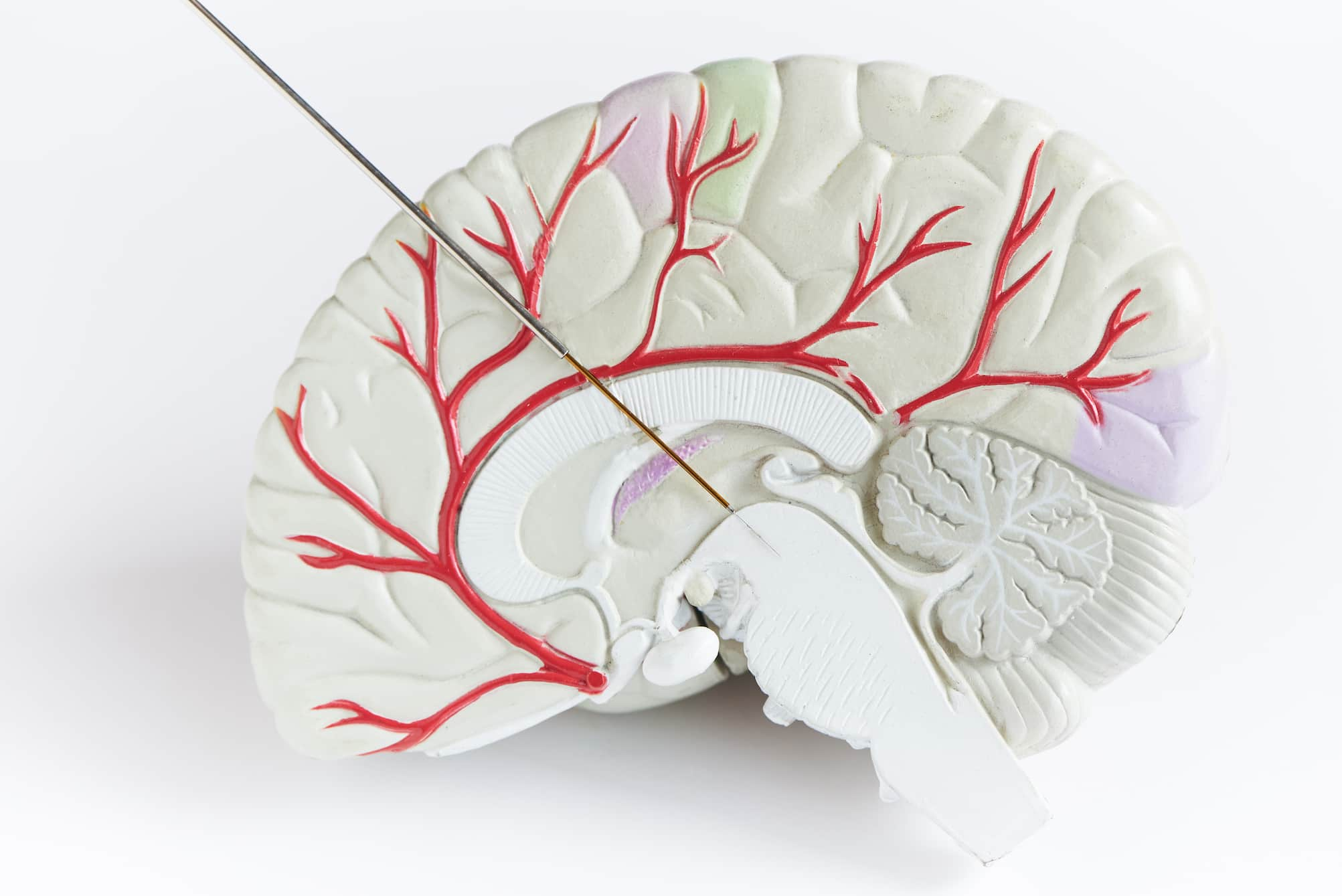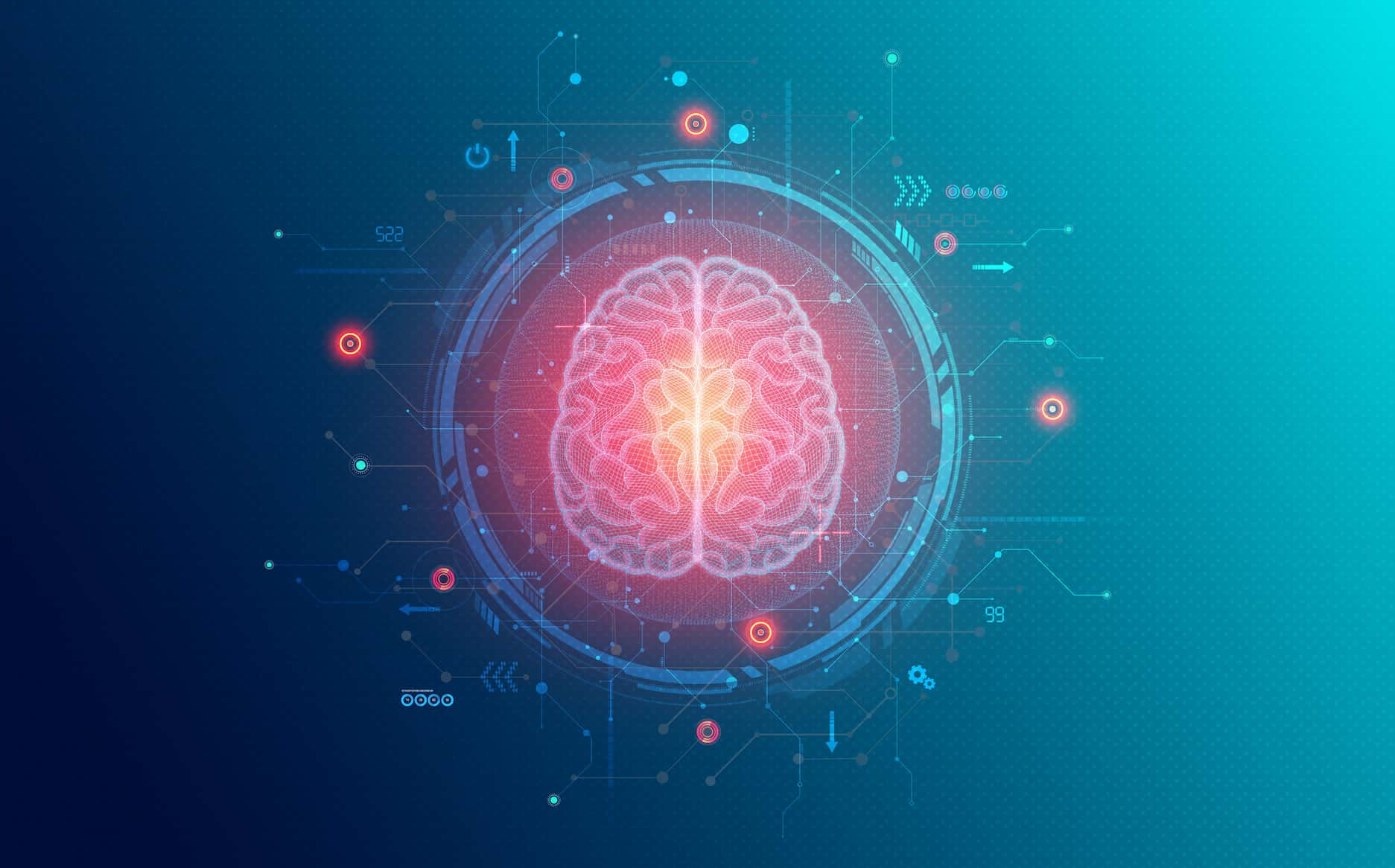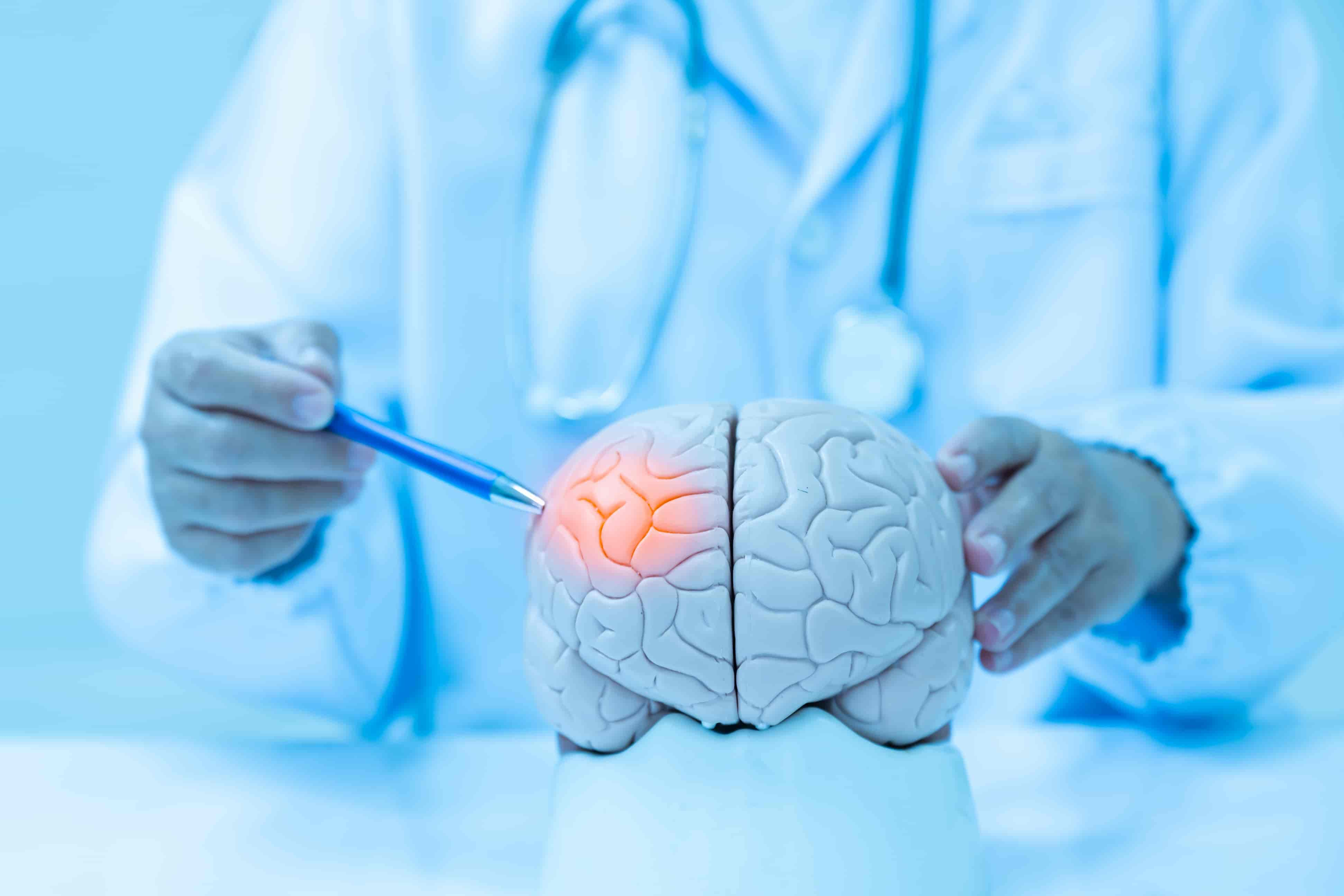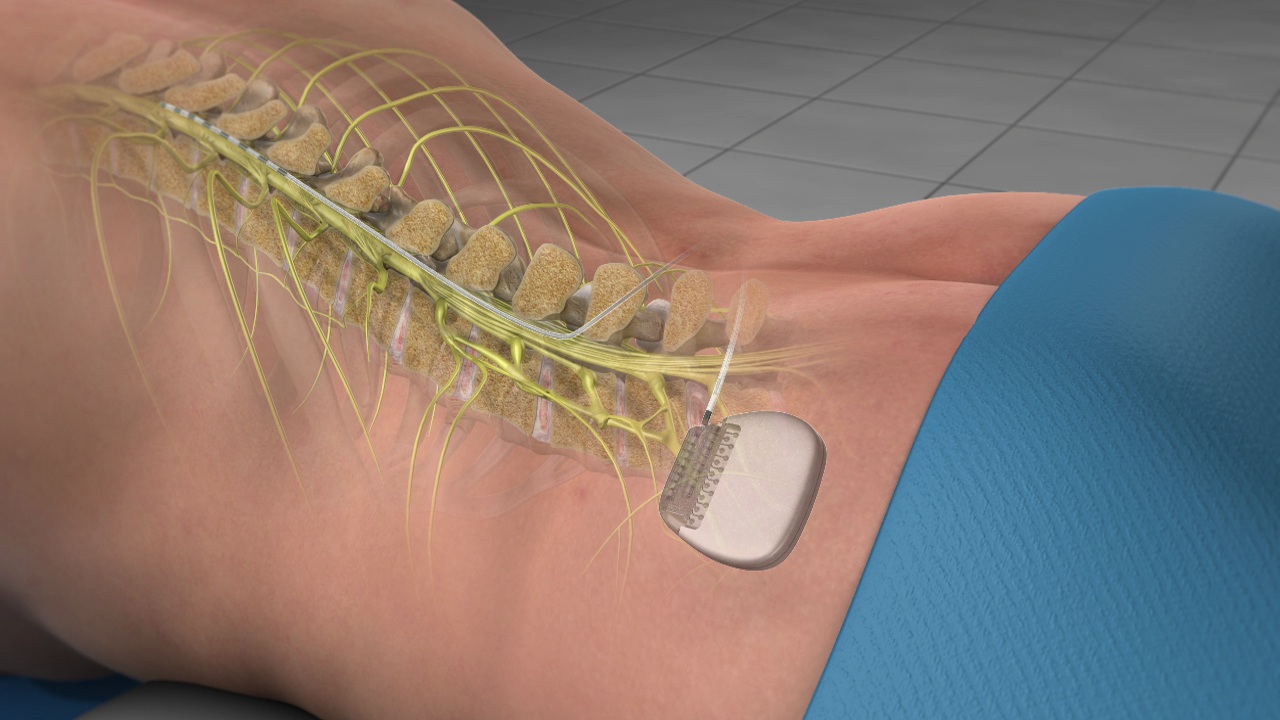
Deep Brain Stimulation as a Treatment Option
Deep brain stimulation is a treatment option that has given hope to many individuals suffering from debilitating neurological conditions. It involves the implantation of a device that delivers electrical impulses to specific regions of the brain, effectively modulating abnormal activity and reducing symptoms. deep brain stimulation has been shown to be effective in treating a variety of conditions, including Parkinson’s disease, essential tremor, dystonia, and obsessive-compulsive disorder.
For those living with Parkinson’s disease, deep brain stimulation can be a life-changing treatment option. Parkinson’s disease is a progressive neurological disorder that affects movement, causing symptoms such as tremors, rigidity, and slowness of movement. These symptoms can significantly impact a person’s quality of life, making simple tasks such as getting dressed or eating difficult. Medications can help manage these symptoms, but they are not always effective and can have side effects. deep brain stimulation has been shown to be an effective treatment for managing the motor symptoms of Parkinson’s disease, improving overall quality of life.
Essential tremor is another condition that can be effectively treated with deep brain stimulation. Essential tremor is a neurological disorder characterized by involuntary shaking of the hands, head, and voice. This can make simple tasks such as writing, drinking, and eating challenging. While medications can help manage the tremors, they are not always effective, and the side effects can be significant. deep brain stimulation has been shown to be an effective treatment option for essential tremor, reducing the severity of tremors and improving overall quality of life.
Parkinson’s Disease: Can Deep Brain Stimulation Offer a Breakthrough Treatment?
Dystonia is another condition that can benefit from deep brain stimulation. Dystonia is a neurological disorder that causes involuntary muscle contractions, resulting in twisting and repetitive movements. This can significantly impact a person’s quality of life, making simple tasks such as walking and writing difficult. While medications can help manage the symptoms of dystonia, they are not always effective, and the side effects can be significant. deep brain stimulation has been shown to be an effective treatment option for dystonia, reducing the severity of symptoms and improving overall quality of life.
Obsessive-compulsive disorder (OCD) is a mental health condition characterized by obsessive thoughts and compulsive behaviors. While medications and therapy can help manage the symptoms of OCD, they are not always effective, and the side effects can be significant. deep brain stimulation has been shown to be an effective treatment option for OCD, reducing the severity of symptoms and improving overall quality of life.
In conclusion, deep brain stimulation is a treatment option that has given hope to many individuals suffering from debilitating neurological conditions. While it is not a cure, it can significantly improve quality of life and provide relief from symptoms. If you or someone you know is living with a neurological condition, it is essential to talk to your doctor about treatment options, including deep brain stimulation. The gift of hope is a powerful one, and with deep brain stimulation, it is a gift that is within reach.
Deep brain stimulation is not a new treatment; it has been used for over two decades, and its safety and effectiveness have been extensively researched and documented. It is a minimally invasive procedure that involves the implantation of a device into the brain, similar to a pacemaker for the heart. The device delivers electrical impulses to specific regions of the brain, modulating the abnormal activity and reducing symptoms.
Deep brain stimulation is not suitable for everyone, and it is essential to discuss the risks and benefits with your doctor before considering it as a treatment option. The procedure does carry some risks, such as bleeding, infection, and hardware-related complications. Still, the benefits of deep brain stimulation can outweigh the risks for those who are appropriate candidates.

The Effect of Deep Brain Stimulation
The effects of deep brain stimulation can be life-changing. Patients who have undergone the procedure have reported significant improvements in their quality of life, including a reduction in symptoms, an increase in mobility, and a decrease in medication requirements. They have also reported an improvement in their ability to perform daily activities and engage in social and leisure activities.
Furthermore, deep brain stimulation is not just a treatment option for adults; it can also be used in children with movement disorders such as dystonia and cerebral palsy. deep brain stimulation has been shown to be effective in reducing symptoms and improving the quality of life in children, providing hope to families who previously had limited treatment options.
In conclusion, deep brain stimulation is a treatment option that offers hope to individuals suffering from debilitating neurological conditions. While it is not a cure, it can significantly improve quality of life and provide relief from symptoms. If you or someone you know is living with a neurological condition, it is essential to talk to your doctor about treatment options, including deep brain stimulation. The gift of hope is a powerful one, and with deep brain stimulation, it is a gift that can change lives.
Deep brain stimulation has the potential to be life-changing, not just for the patient but also for their loved ones. Neurological conditions can be challenging for family members and caregivers, and seeing a loved one suffer can be emotionally and physically draining. deep brain stimulation can provide relief not only to the patient but also to their caregivers, allowing them to have a better quality of life.
Moreover, deep brain stimulation can also have a positive impact on mental health. Living with a neurological condition can be isolating and can lead to depression and anxiety. deep brain stimulation has been shown to improve mood and reduce anxiety, providing a much-needed mental health boost for those who have been living with their condition for years.
Deep brain stimulation is a rapidly advancing field, with ongoing research focused on improving the procedure and expanding its applications. Researchers are exploring the use of deep brain stimulation in other conditions, such as Alzheimer’s disease, chronic pain, and epilepsy. With continued research, deep brain stimulation has the potential to help even more individuals in the future.
What Is the Success Rate of Deep Brain Stimulation?
The success rate of deep brain stimulation (DBS) varies depending on the condition being treated and the individual patient. However, studies have shown that DBS can significantly improve symptoms and quality of life for those with Parkinson’s disease, essential tremor, and dystonia. Success rates for these conditions can range from 60-90% or higher, depending on the specific symptoms being addressed.
How Long Does It Take to See Results From Deep Brain Stimulation?
The time it takes to see results from DBS can vary depending on the individual and the condition being treated. Some patients may experience immediate improvements in their symptoms, while others may need several months before they see significant benefits. In some cases, the full effects of DBS may not be realized until several years after the procedure.
How Long Is Life Expectancy After Deep Brain Stimulation?
There is no evidence to suggest that DBS affects life expectancy. However, it is important to note that DBS is typically used to treat conditions that are chronic and progressive, such as Parkinson’s disease. While DBS can improve quality of life and alleviate symptoms, it is not a cure, and the underlying condition will continue to progress.
What Is the Downside to Deep Brain Stimulation?
While DBS is generally considered safe and effective, there are some potential downsides to the procedure. Risks associated with DBS include bleeding, infection, hardware-related complications, and adverse effects from stimulation. Additionally, DBS is not suitable for everyone, and some patients may not experience significant benefits from the procedure. It is important to discuss the risks and benefits of DBS with your doctor before considering it as a treatment option.
The Study of Deep Brain Stimulation
A recent multicenter study published in the New England Journal of Medicine examined the outcomes of deep brain stimulation in patients with Parkinson’s disease over a five-year period. The study found that deep brain stimulation resulted in a 70% improvement in motor function and a significant reduction in medication requirements. These findings demonstrate the substantial benefits of deep brain stimulation in enhancing the quality of life for individuals with Parkinson’s disease, reinforcing its effectiveness as a treatment option.
Healthy Türkiye Notes
In conclusion, deep brain stimulation is a life-changing treatment option that offers hope to individuals living with debilitating neurological conditions. It can improve mobility, reduce symptoms, and provide relief from medication side effects, significantly improving quality of life. As research in the field continues to progress, deep brain stimulation may offer even more opportunities for those in need of a treatment option. The gift of hope that deep brain stimulation provides is immeasurable and can make a significant difference in the lives of those who receive it.



